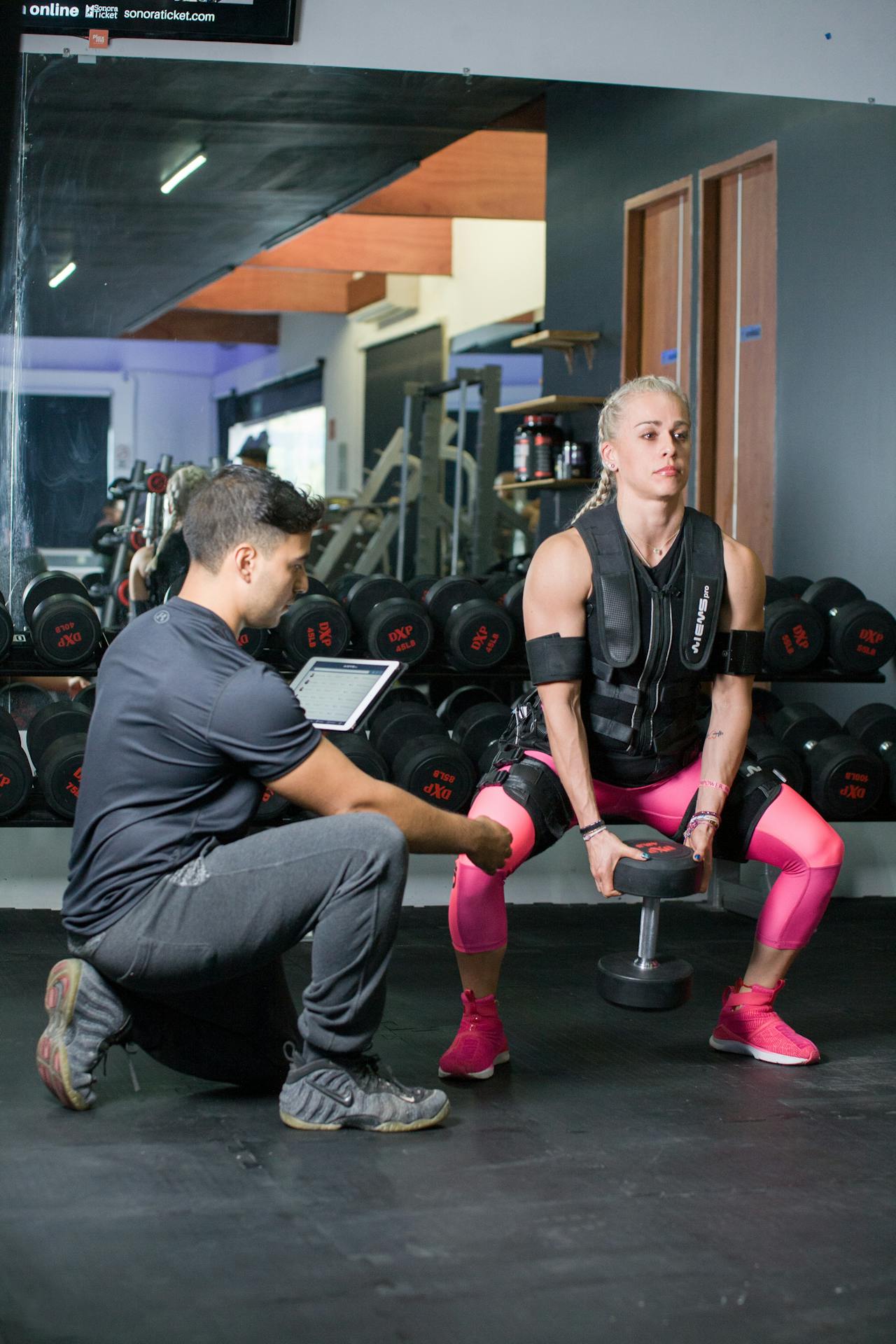
When it comes to fitness, there’s no one-size-fits-all approach. As a personal trainer with years of experience coaching clients—from gym newcomers to athletes and individuals with disabilities— I’ve learned that the secret to long-term success lies in personalised fitness coaching rather than quick fixes or generic workout plans. Also, it’s about tailored coaching, structured progression, and making training both enjoyable and sustainable.
In this article, I’ll break down the core principles that I use for lasting results, whether you’re aiming to build strength, improve mobility, or simply feel healthier in your daily lives.
1. Training with Purpose: The Importance of a Goal-Oriented Approach
Too many people enter the gym without a clear plan, leading to frustration and stalled progress. But one of the first things I emphasise with my clients is goal-setting. Whether it’s muscle gain, fat loss, increased endurance, or functional movement, defining a purpose gives structure to training.
For instance, in my Legion Series of fitness programs, each phase has a clear progression:
- First Legion: From Skinny to Strong – Focuses on building foundational muscle and strength.
- Legion II: From Size to Strength – Transitions from hypertrophy to functional strength.
- Legion III: From Strength to Sculpt – Refines and sculpts the physique with advanced hypertrophy techniques.
So, this structured approach ensures that every workout serves a purpose, helping people stay motivated and see tangible progress.
2. Progression Over Perfection: Avoiding Common Workout Pitfalls
One mistake I see often is people chasing perfection instead of progression. Whether it’s lifting heavier weights with bad form or repeating the same workout routine for months, both approaches can lead to stagnation or even injury.
Instead, focus on gradual progression, using techniques such as:
- Progressive overload: Increasing weight, reps, or intensity over time.
- Tempo training: Slowing down reps to improve muscle engagement.
- Advanced methods: Implementing supersets, drop sets, and rest-pause techniques to break plateaus.
In my Form Fixer: Train Smarter, Lift Stronger video series, I cover common exercise mistakes and show how small form adjustments can make a huge difference in performance and results.
3. Personalization Matters: Why a Generic Program Won’t Cut It
Every individual has different needs based on body type, past injuries, and lifestyle. That’s why I customize training plans, whether I’m working with athletes, older adults, or clients with disabilities.
For example, when working with NDIS-funded blind clients, I adjust coaching methods by:
- Using tactile cues instead of visual demonstrations.
- Emphasizing auditory coaching and spatial awareness.
- Developing adaptive exercises that build strength and confidence without reliance on sight.
The key takeaway? Fitness should be inclusive and adaptable to meet the needs of each individual.
4. Longevity in Fitness: Building Sustainable Habits
A successful fitness journey isn’t about an 8-week transformation. It’s about lifelong habits. I encourage people to focus on:
- Strength training for longevity – Especially for people over 50, maintaining muscle mass is crucial for metabolism, mobility, and injury prevention.
- Listening to the body – Learning when to push and when to rest.
- Finding enjoyment in training – The best workout is the one you stick with. Incorporate variety, from traditional weightlifting to functional and calisthenics-based training.
Conclusion: Train with Purpose, Progress with Intelligence
So, if you want to transform your physique and performance, the key is smart, structured, and sustainable training. Through personalised coaching, progressive overload, and an adaptive approach, anyone—regardless of fitness level—can build strength, resilience, and confidence.
Stay strong, train smart, and keep pushing forward!
Sean Currey Fitness



